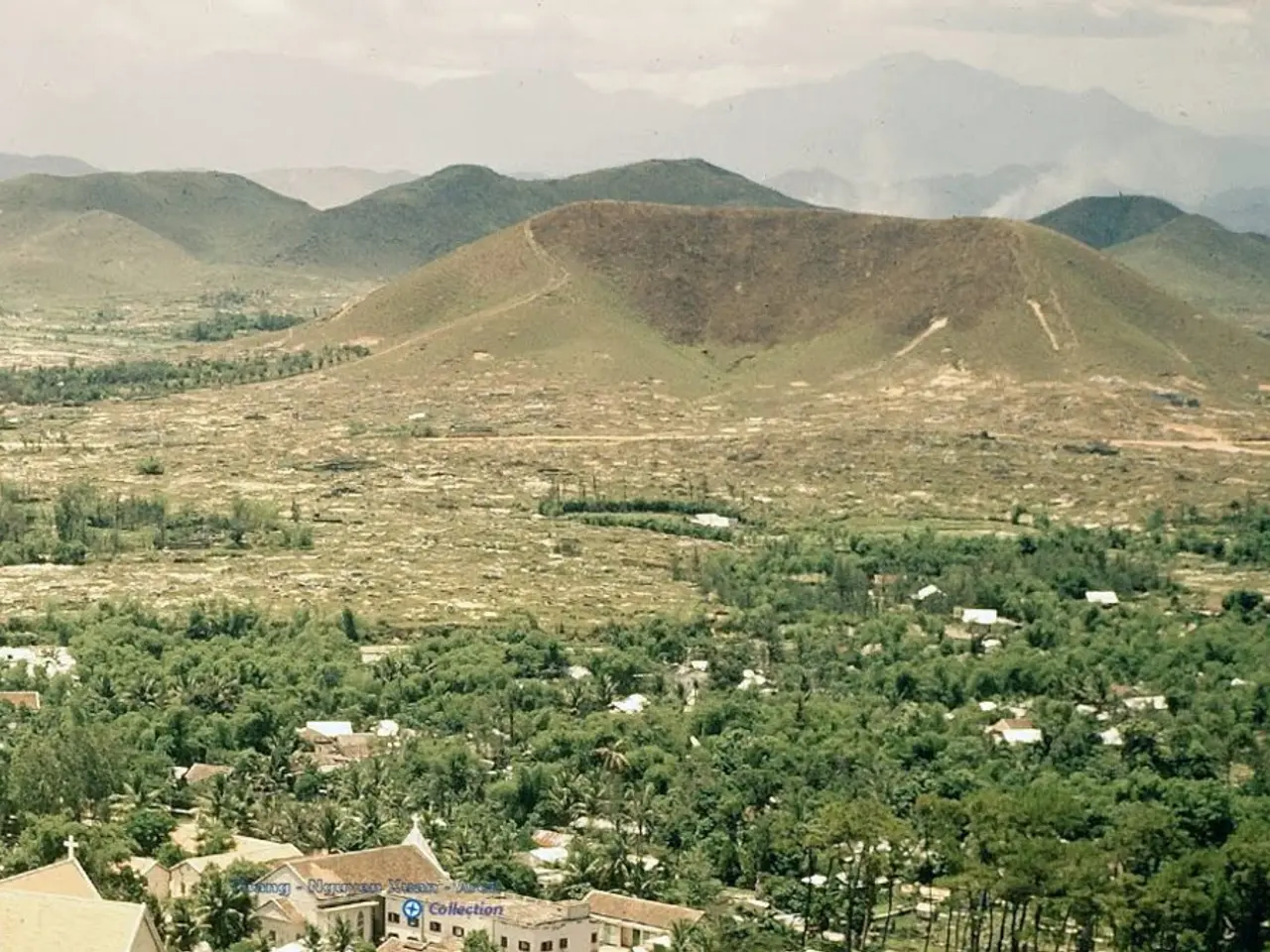Heavy downpours hit Nan, Chiang Rai, prompting the Irrigation Department to remain vigilant due to potential flooding.
Heavy Rainfall and Flooding in Nan and Chiang Rai Provinces
Northern Thailand's Nan and Chiang Rai provinces are currently grappling with heavy rainfall and ongoing flooding. The Southwest Operational Centre (SWOC) reported record levels of rainfall in these regions on June 29, as per their reports.
According to the data, the Bo Kluea district in Nan province recorded 341.6 millimetres of rain within a 24-hour period. In Chiang Rai province, the Phaya Mengrai district saw 196.5 millimetres of rain, while the Mae Chan district recorded 176.5 millimetres.
These heavy downpours have led to the risk of flash floods, with authorities urging all regional units to be fully prepared to respond. They are also ready to assist affected communities immediately.
The Royal Irrigation Department is closely monitoring the water situation in northern and upper northeastern Thailand. The heavy rainfall across many areas in the North and upper Northeast is a result of the influence of a monsoon trough and a moderate southwesterly monsoon.
Scattered thunderstorms and heavy rain are forecast for these provinces, with around 60% of the northern region expected to receive rain. This is due to a low-pressure system over Vietnam and the southwest monsoon.
However, experts warn that overall rainfall across Thailand is expected to decrease by 4-9% in August and September 2025, signaling a potential rapid decline in water levels and increasing the risk of drought by 2026. Therefore, while heavy rains and flash flood risks persist in Nan and Chiang Rai for the immediate period, the medium-term outlook includes concerns over water shortages and drought conditions later in the year.
In summary, heavy rainfall causing flooding is ongoing now and will continue over the next several days. However, there is an expected transition toward drier conditions in the next couple of months that may impact water availability in these northern provinces. It is crucial for authorities to maintain vigilance and prepare for both the ongoing heavy rainfall and the potential water shortages in the near future.
The ongoing heavy rainfall in Nan and Chiang Rai provinces might affect not only the general-news sector, such as businesses and the economy, but also the health of the communities due to the risk of waterborne diseases. As experts predict a decrease in overall rainfall by August and September 2025, this transition could impact the economy, especially the farming sector, by causing water shortages and increasing the risk of drought in the medium term.








